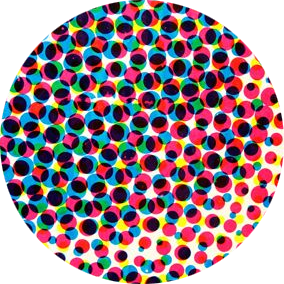Character Diversity in X-Men Revolution

Though overshadowed by “Claremont-isms” such as internal squabbling, dense prose, and characters fighting their dark desires, Chris Claremont’s commitment to diversity is a big part of what makes him a noteworthy author. And he brought this to his work on Revolution. #XMen 1/13

Claremont inherited his first X-Men team, formed by an editorial mandate to create a book that appeal to an international audience. Yet Claremont went out of his way to create more diverse characters and to centre them within the narrative. 2/13

To this end, Claremont’s resume includes Marvel’s first canonically Jewish superhero, first interracial superhero kiss, first female superhero team leader, first Black superhero team leader, and more queer subtext than… anything in comics at the time, arguably. 3/13

When Claremont was first tasked with creating his own characters for the X-Men spinoff “The New Mutants” he launched a racially diverse team (with an Indigenous leader) that singlehandedly increased the diversity of superheroes in Marvel’s canon. 4/13


Indian superheroes of the time were incredibly rare, despite what Suchitra Mathur identifies as a wave of interest in Western-style superheroes in India as a result of the “tremendous popularity” of the Spider-Man cartoon in 1980s India. 6/13

Neal Sharra, an X-Man at the launch of Revolution, thus holds a lot of potential to reach an untapped audience and to increase the representational profile of the X-Men franchise, a profile near and dear to Claremont’s heart. 7/13


In consequence of the time jump, Neal’s character can feel a bit forced. At the same time, his codename raised a number of problems and concerns given the franchise’s pre-existing characters with that name who were of a different ethnicity sometimes labelled “Indian.” 9/13

Furthermore, as noted by scholar Joseph Darowski, “Although India has a very diverse set of ethnicities and cultural groups, we are not told much about the character’s heritage other than that he is Indian and his family lives in Calcutta.” 10/13

Darowski further notes that Neal’s powers are “almost identical to Sunfire,” while I would add that there’s a lot of similarities to Havok in terms of Neal’s vexed relationship to his own powers. In short, the character didn’t stand out & his ethnicity was underconsidered. 11/13

While Neal failed to land, Karima (who started as a foil to Neal) has found a place in modern X-Men comics, with notable portrayals in the runs of both Mike Carey and Jonathan Hickman. 12/13

All combined, Claremont’s commitment to diversity was clearly on display in the Revolution era, though the impact of that commitment may have brought diminishing returns relative to his previous efforts in that same regard. 13/13
